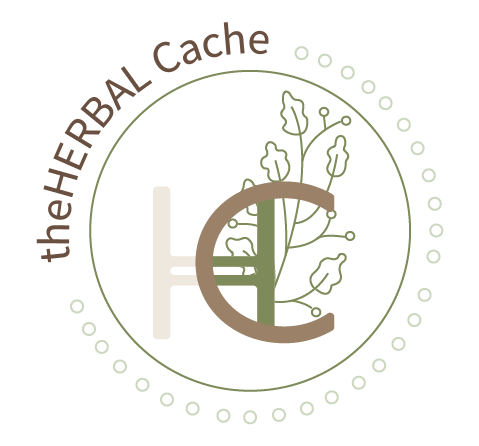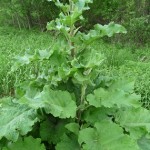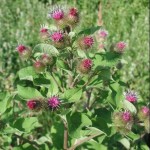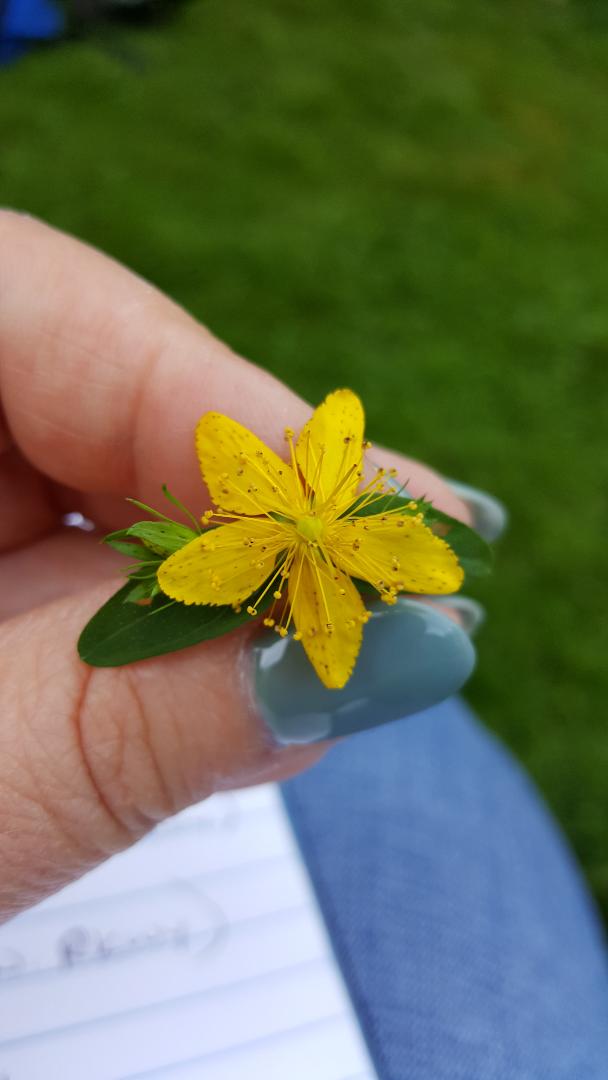Burdock
Botanical Name: Arctium lappa
Fun Facts:
- Is biennial. In its first year, is low growing, but in its second year, can grow to 6′ tall
- Know as the first “velcro” because of the burrs it produces after flowering
- Was an ingredient in the first root beer
Location found: Lives along riverbanks, disturbed habitats, vacant lots, roadsides and fields. Can be found throughout North America, except in the southern regions.
Identification: Has large, wavy heart-shaped leaves that are green on the top and whitish on the bottom. Looks very similiar to rhubarb. Has a large tap root.
Edible Parts: First year roots and second year stems, seeds
Harvesting:
- Do not pick near roads, walkways or other areas where there is potential of the area having been sprayed with chemicals.
Culinary Uses:
- Roots should be scrubbed and bitter rinds removed by peeling before boiling for about 20 minutes. Taste similiar to potatoes.
- Young stems from second year can be picked before flowers appear. They taste like artichokes.
- Young roots can be chopped and roasted to make a coffee substitute.
Medicinal Uses:
- As a diuretic, is a blood purifier and helps eliminate toxins in the body
- Can help with skin problems such as excema, psoriasis and skin dryness
- Aids as an appetite stimulant
- Good remedy for gas and indigestion
- Contains vitamins C and E (both antioxidants), which help fight infections, cancer and neurological conditions
- Contains inulin, which is a carbohydrate that strengthens the liver
- Is antifungal and antibacterial
- Helpful in cellular regeneration
- Useful in the treatment of Hepatitus





